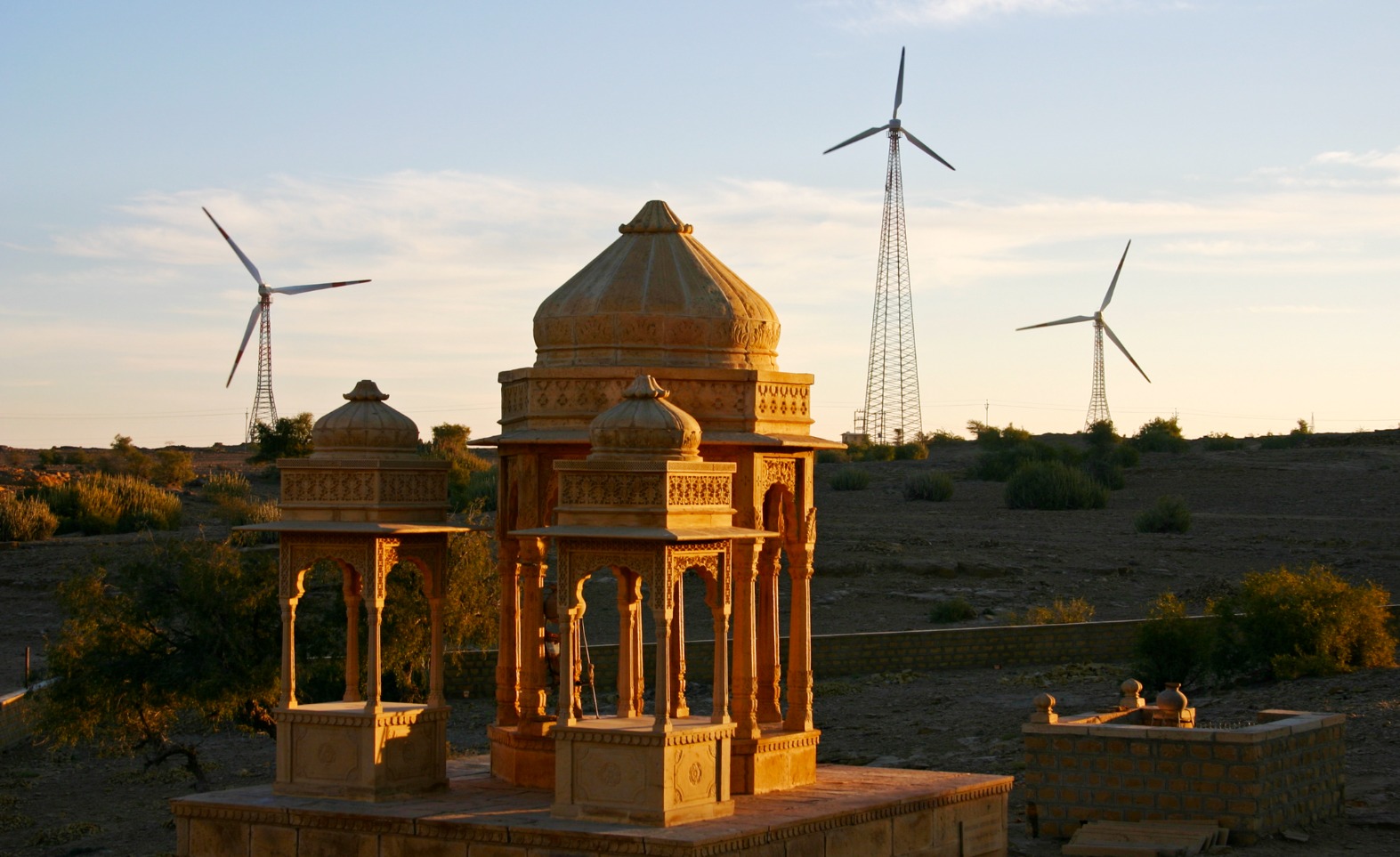
December 14, 2021
India has a capacity of 101GW and needs to add 400 GW of RE to meet the goal.
Initially, India’s target was 450GW RE and is extended by 50GW of RE per annum.
At present, India adds an average of 8GW of RE per annum.
This initiative is designed to help both the generators and the distribution companies.

The Indian government has drawn up a ‘Mission 500GW’ plan to ensure India is able to extend its scope of renewable energy (RE) to 500 GW by the year 2030, in line with the announcement made by Prime Minister Modi at the COP26 climate conference at Glasgow last month.
Currently, India has a capacity of 101 GW in the present year. To meet the target, approximately 400 GW of RE is to be added. During the COP26, PM Modi had discussed a few measures India should take to assure the mission is completed successfully.
To come up with a full-proof plan of action, a committee will be set up to drive efforts in this direction at the ministry level to help India achieve its goal of reaching 500 GW of RE by 2030.
The panel will determine issues such as storage requirements, the energy mix being put to use for the 500 GW target, kinds of technologies to be used and the issues of transmission. To make sure that the regulatory framework is upto-the-mark for the scale up of RE, the panel will also try to rope in foreign investment into the sector.
Earlier, India’s goal was to meet 450 GW of RE. With an additional 50GW, the RE capacity has to be increased by 30-40 GW per annum. That too, by the year 2030, i.e. nine years from now.
India’s current trajectory displays that it has added an average of 8GW of RE per annum, excluding 2020 when it added 12GW. Hence, making an addition of about 40GW per annum is huge and needs to be planned out systematically, given that the large contributions from the hydro power projects will not be something one can count upon.
The matrix that is yet to be developed will largely rely on Central Electricity Authority’s Report on Optimal Generation Capacity Mix for 2029-30. Initially, the target of 450GW RE – out of which, 280GW RE would originate from solar power and the 140GW from wind energy. Other remaining would come from different energy sources. There will also be a mix of hydrogen and biofuel present in the area remaining.
This initiative undertaken by the central government will result in faster energy transition and will be of benefit to both the generators and the distribution companies. This is a very significant step towards achieving the goal of 500 GW of non-fossil fuel capacity by 2030.